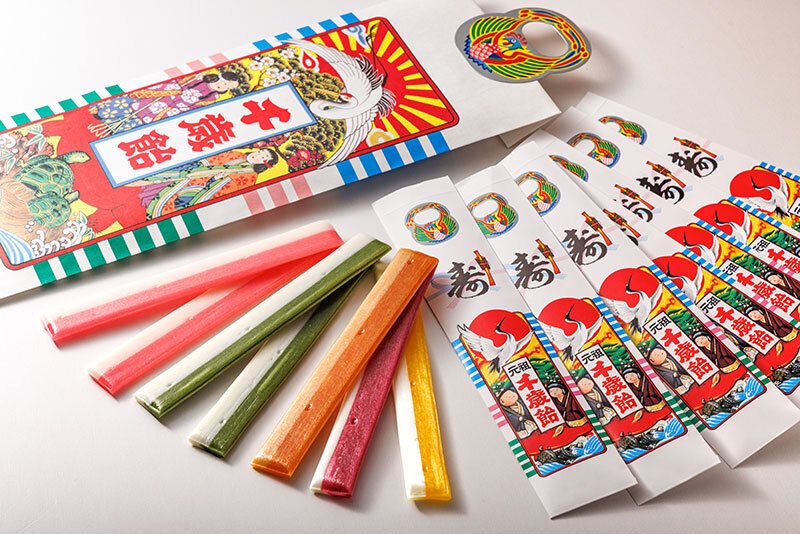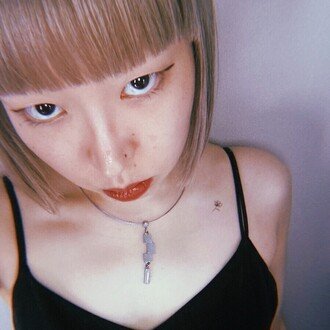
Dig Japan vol.35 “Chitose Ame (千歳飴)”
Dig Japan is a series in which I research and introduce in English topics related to traditional Japanese culture that interest me. In this article, I will introduce Chitose Ame.
Chitose Ame is a long, stick candy that is essential for the Japanese Shichi-Go-San festival. It must be within 15mm in diameter and 1m in length, and is generally colored in red and white and placed in a Chitose Ame bag with auspicious designs such as cranes and turtles. There are various theories about the origin of Chitose Ame, but it is said to have been created during the Edo period.

In Japan, it is customary for parents to give their children Chitose Ame to celebrate Shichi-Go-San, with the word Chitose meaning one thousand year. Chitose Ame is characterized by being made to be within 1 meter in length and 1.5 cm in diameter, and is imbued with the parents' prayers for their children's long life.
In the past, it was often sold in a set of auspicious red and white colors, but nowadays, cute designs and multi-colored Chitose Ame are also sold. The basic flavor is milk, but other flavors such as lemon and matcha are also available.
Chitose Ame was created during the Edo period, when sugar was a precious commodity, and it was a much-loved celebratory sweet for the Shichi-Go-San festival. There are several detailed stories about its origin, but there are three that are well-known.

The first is that during the Genroku and Hoei eras (1688-1711), Shichibei, a candy shop owner in Asakusa, Edo, began selling stick-shaped red and white candy, and named it “Sennen Ame.” Because of its name and its red and white colors, it gained a reputation for being auspicious, and it is said that it was sold in front of the torii gates in long paper bags decorated with pictures of shochikubai (pine, bamboo and plum trees) and cranes and turtles.
The second theory is that it began in 1615 when Osaka businessman Hirano Jin'emon moved to Edo and began selling candy called “Senzai Ame” in the grounds of Sensoji Temple. Later, using the same kanji, the pronunciation changed to “Chitose Ame.” It attracted attention with the catchphrase “If you eat it, you will live a long life,” and it is said to have become a valuable gift item.
The third theory is that it originated from the “Iwai Ame” (celebratory candy) that was sold in the grounds of Kanda Myojin Shrine in Chiyoda Ward, Tokyo. In an ukiyo-e print by Utagawa Hiroshige from the Edo period, a monk is depicted praying to Kanda Myojin Shrine while holding Chitose Ame, and a photograph from the Meiji period also shows Chitose Ame being sold in the shrine grounds. Kanda Myojin Shrine continues this old custom to this day, distributing Chitose Ame to children who come to worship for their Shichi-Go-San festival.
This article was written by 𝐡𝐢𝐫𝐨𝐤𝐨, working as a freelance translator and PR for overseas apparel brands in Japan, with the aim of broadening her own knowledge of traditional Japanese culture and spreading it to the world.
いいなと思ったら応援しよう!

